**Introduction**
Understanding your dog’s coat texture is crucial for proper grooming and overall care. Among the various coat types, coarse coats stand out for their unique characteristics. In this comprehensive article, we explore the intricacies of dog coat textures, delve into the defining qualities of coarse coats, and unveil the advantages and considerations associated with owning a dog with a coarse coat. We provide an in-depth analysis of factors influencing coat texture, including genetic predispositions and breed-specific traits. Furthermore, we shed light on the benefits of coarse coats, emphasizing their resilience, water-resistance, and low-maintenance nature. Additionally, we address potential challenges, discussing the likelihood of matting and the necessity for regular grooming. By delving deeper into the world of dog coat textures, we empower you to make informed decisions regarding your furry companion’s care and well-being.
## Understanding Dog Coat Texture: Identifying Coarse vs. Other Textures
Every dog’s coat is unique in its own way, and there are a variety of factors that can affect its texture, including genetics, breed, and environment. One of the most noticeable characteristics of a dog’s coat is its texture, which can be described as smooth, wiry, curly, or coarse.
**Defining Coarse Coat Texture**
Coarse coats are characterized by their thick, wiry texture. The individual hairs are often thick and dense, and they tend to stand out from the body. Coarse coats can be found in a variety of breeds, including the Airedale Terrier, the Scottish Terrier, and the Wirehaired Fox Terrier.
**Distinguishing Coarse from Other Textures**
Coarse coats can be distinguished from other textures by their unique characteristics. Smooth coats, for example, are characterized by their short, fine hairs that lie flat against the body. Wiry coats, on the other hand, are characterized by their tightly curled hairs that can be either long or short. Curly coats are characterized by their loose, bouncy curls that can vary in size and shape.
**Factors Influencing Coat Texture**
The texture of a dog’s coat is primarily determined by genetics. However, other factors, such as the dog’s diet, health, and environment, can also play a role. A dog that is well-nourished and healthy will typically have a thicker, healthier coat than a dog that is undernourished or sick. Similarly, a dog that is exposed to harsh weather conditions may have a coarser coat than a dog that is kept indoors most of the time.
The #1 Free Source for Pitbull & Bully Pedigrees!
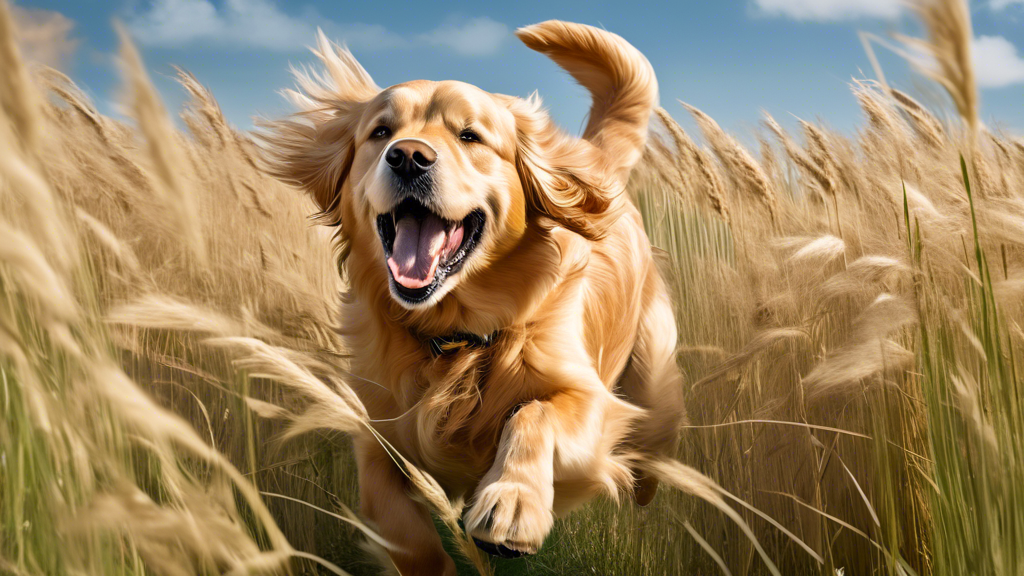
**Benefits and Considerations of Owning a Dog with a Coarse Coat**
Advantages of Coarse Coats
Coarse coats offer several advantages, making them suitable for certain lifestyles and environments.
Coarse coats are robust and resilient, effectively protecting dogs from various elements, including harsh vegetation, dirt, and water. This makes them ideal for active dogs that enjoy outdoor adventures.
The coarse texture of these coats repels water, keeping dogs dry and comfortable in wet conditions. This is especially advantageous for breeds that live in rainy or snowy climates.
Contrary to popular belief, coarse coats require relatively low maintenance compared to other coat types. Their wiry texture prevents mats and tangles from forming easily, reducing the need for frequent brushing and grooming.
Potential Challenges
While coarse coats are generally low-maintenance, they can become matted if not brushed occasionally. Regular grooming is essential to remove loose hair and prevent mats from forming, especially in areas where the hair is longer, such as around the ears and legs.
Coarse coats require regular grooming to maintain their health and appearance. This includes brushing, bathing, and occasional trimming to remove dead hair and prevent mats. The frequency of grooming may vary depending on the breed and the dog’s lifestyle.
**Conclusion**
In conclusion, understanding your dog’s coat texture, particularly if it’s coarse, is crucial for providing appropriate care and maintenance. Coarse coats come with unique benefits, such as durability and weather resistance, but also require regular grooming to prevent matting. Breed characteristics and genetics play significant roles in determining coat texture. While coarse coats may be low-maintenance in terms of brushing, they may need occasional professional grooming services to maintain their ideal condition. Ultimately, the best way to ensure the health and well-being of your furry companion is to consult with a veterinarian or a professional groomer for personalized advice based on your dog’s specific breed and coat type.







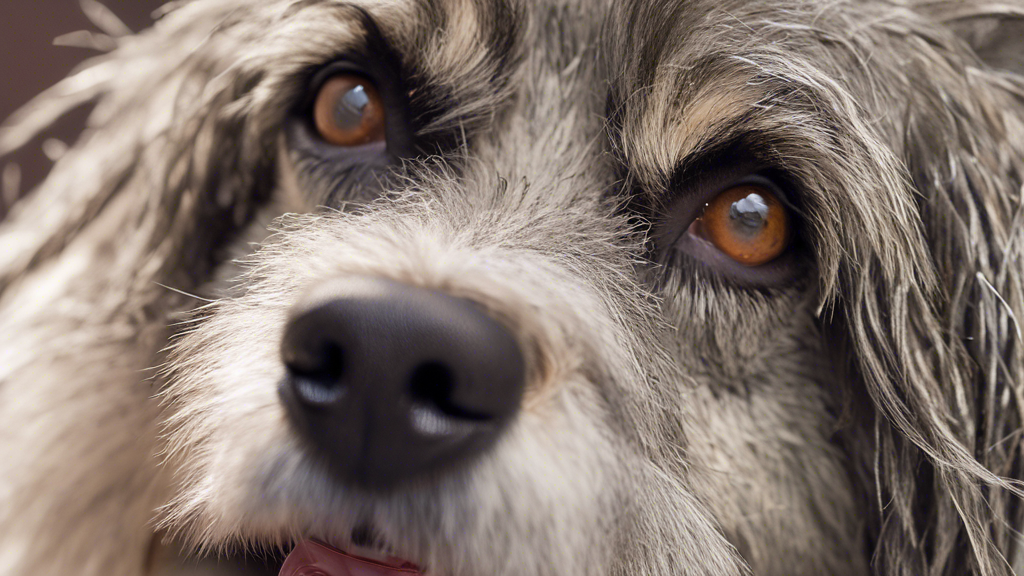
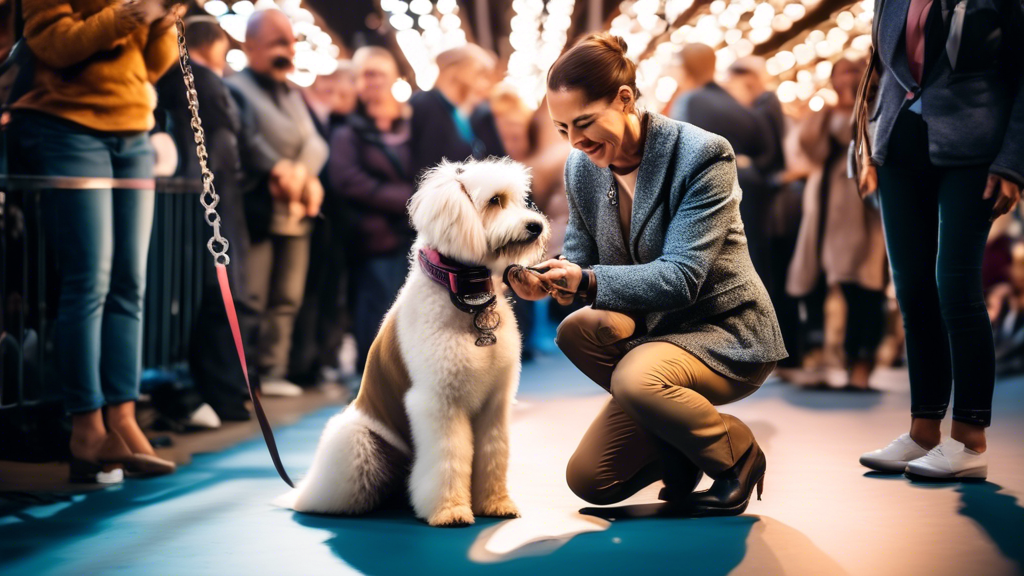
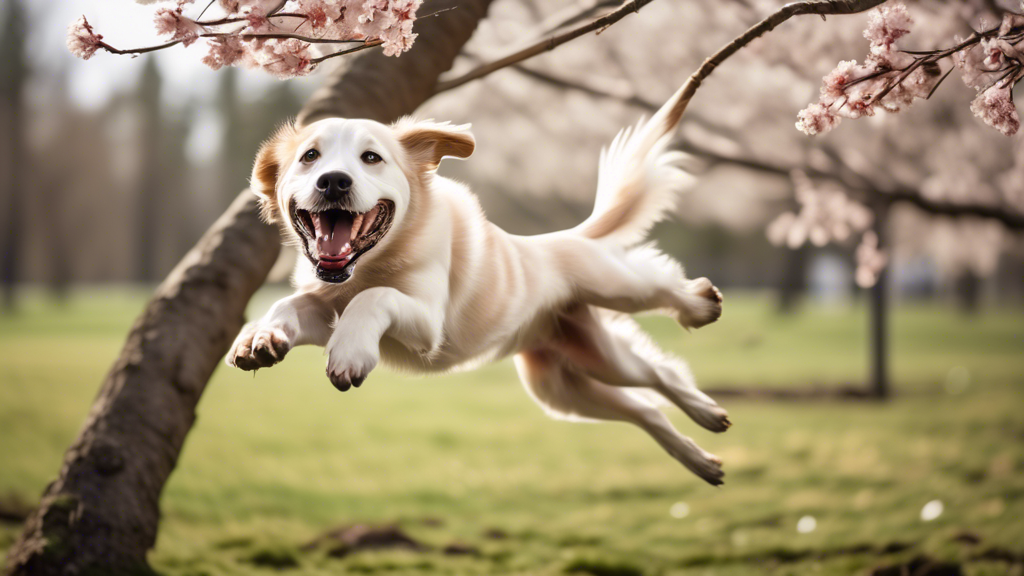
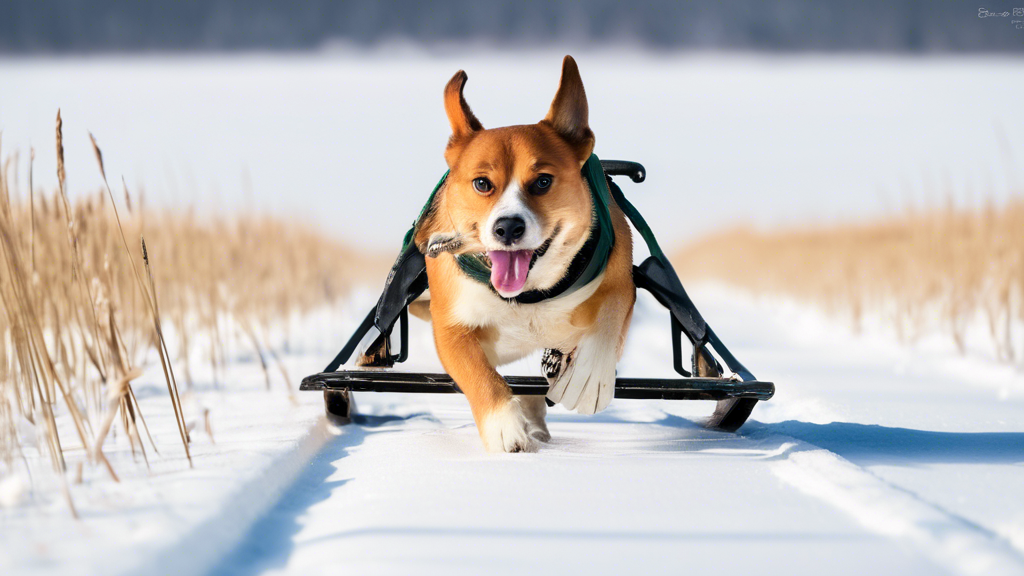
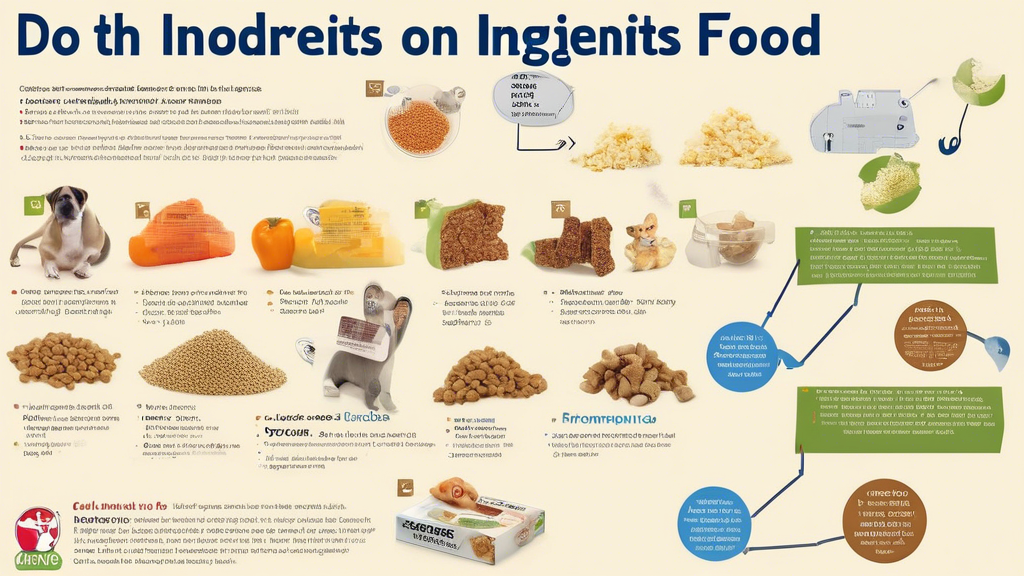
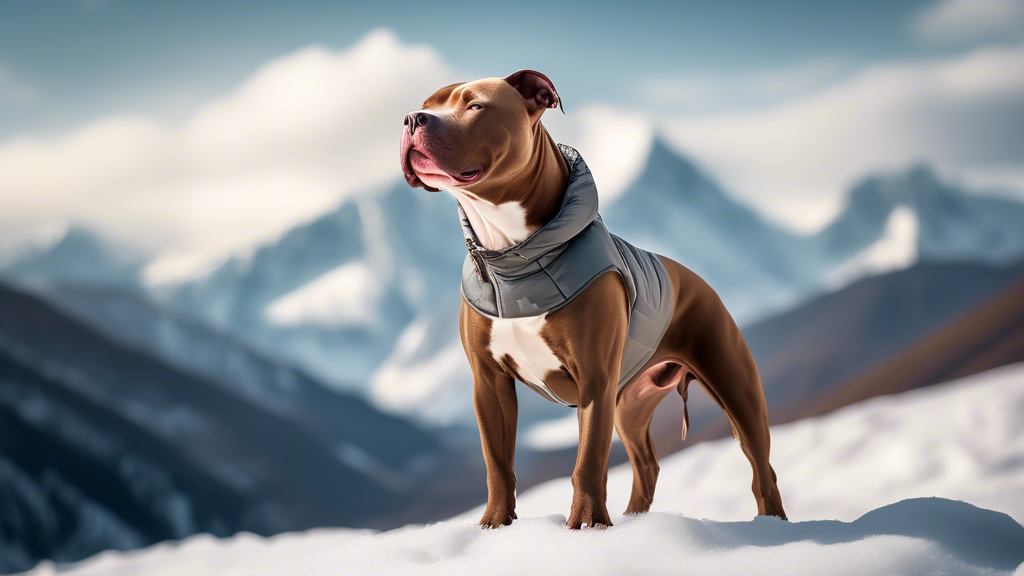
Leave A Comment